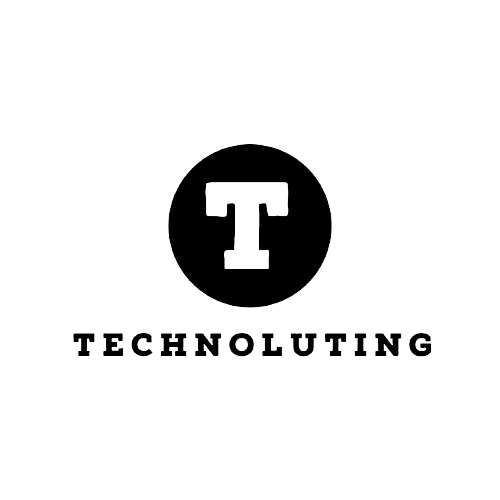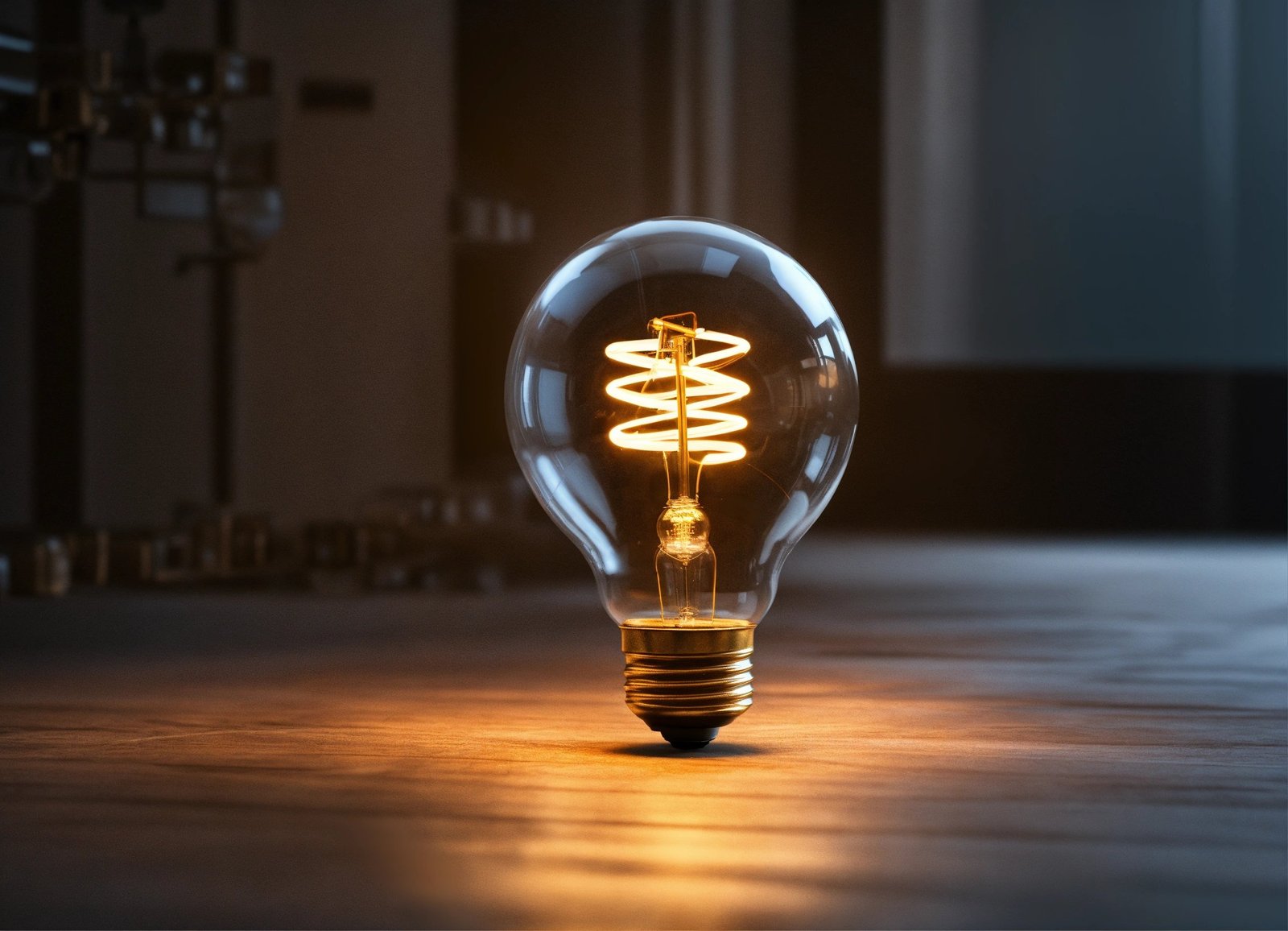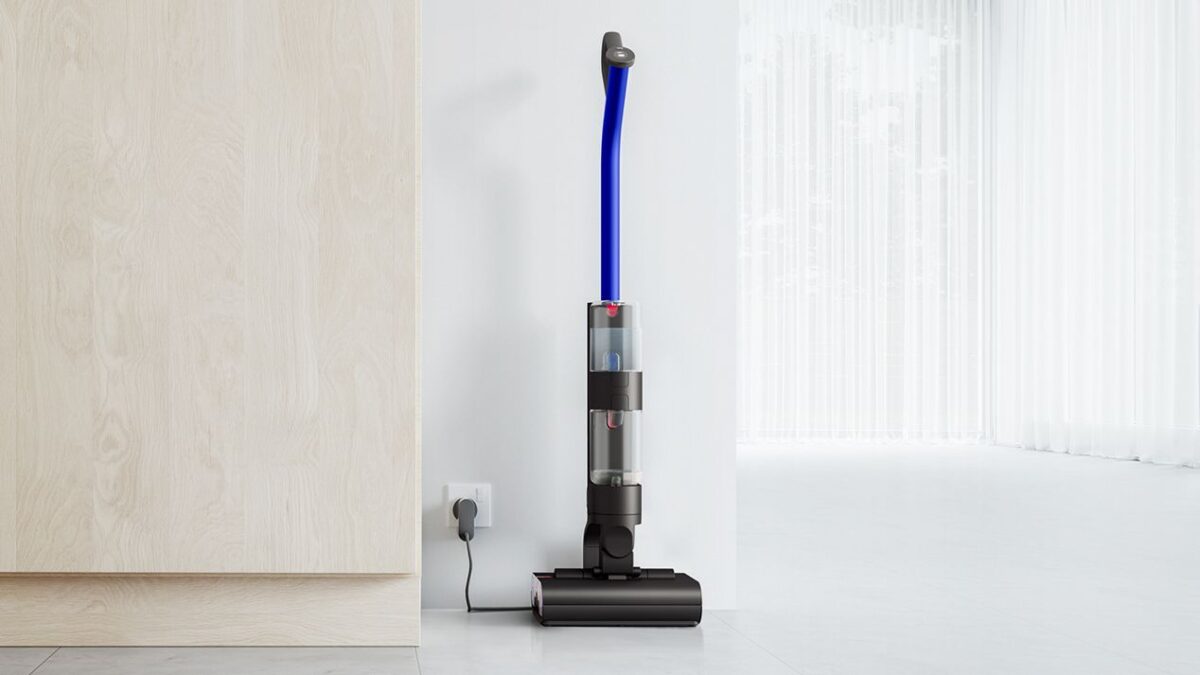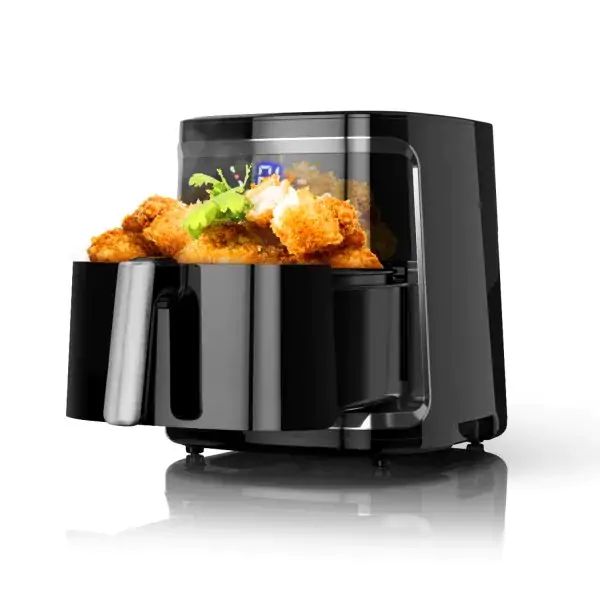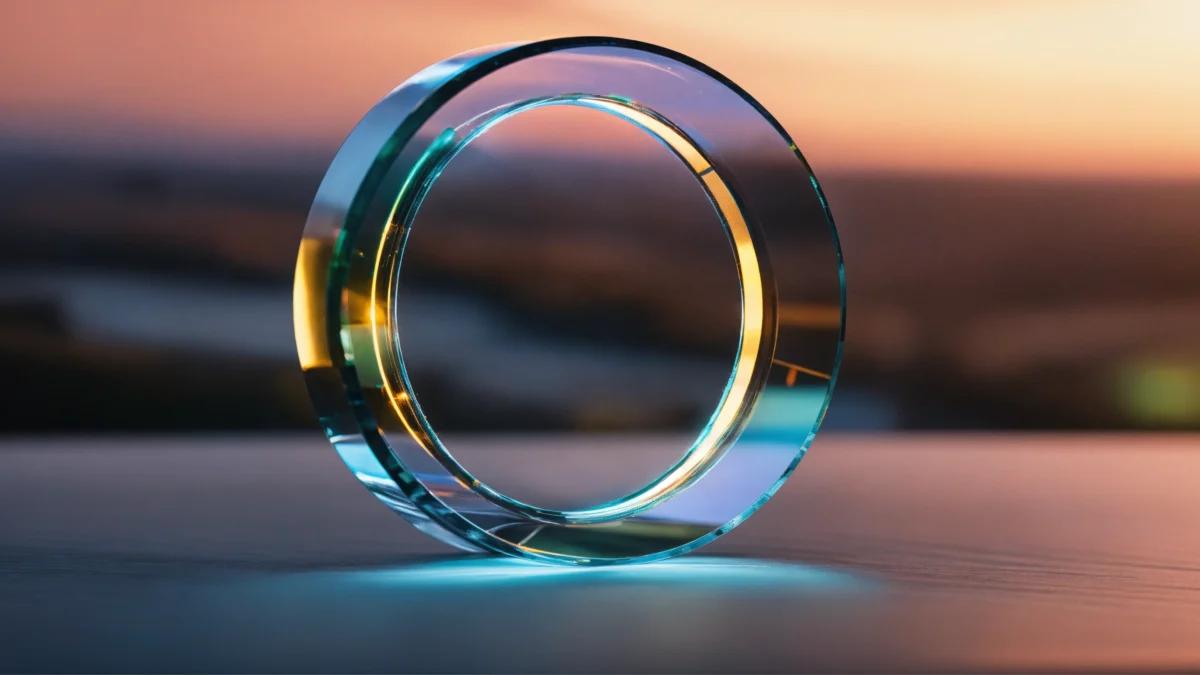Table of Contents
Introduction: Shedding Light on LED Misconceptions
Despite the huge boom in LED lights around the world, all that glitters is not gold, and we really may not be saving as much on our bills as we thought.
As we all know, the great energy alternative that came in to replace traditional light bulbs was LED. LED bulbs are very energy efficient but still maintain the look and feel of an incandescent bulb.
Technically, LED bulbs are not light bulbs; LED stands for “light-emitting diode.” They are tiny semiconductors (diodes) wrapped in plastic to protect the elements and focus light.
When we talk about a “traditional light bulb,” we’re referring to an incandescent light bulb, the kind that has been around since Thomas Edison patented his invention in 1879. These bulbs have filaments that glow, producing heat and light when energy flows through them.
LED lights, on the other hand, have electrons flowing in to create photons—light that we can see. Photons generate almost no heat. LED lights also require much less energy to create the same amount of brightness as incandescent lights and last much longer.
LED bulbs consume 75% less energy compared to traditional lighting. The disparity is even more pronounced at lower power levels. Nonetheless, our focus today is not on extolling the virtues of LED over conventional lighting methods.
Today’s topic focuses on how the LED boom has caused us all to go crazy and completely change the lighting in our homes, businesses, and all kinds of establishments, but we are really only increasing consumption.
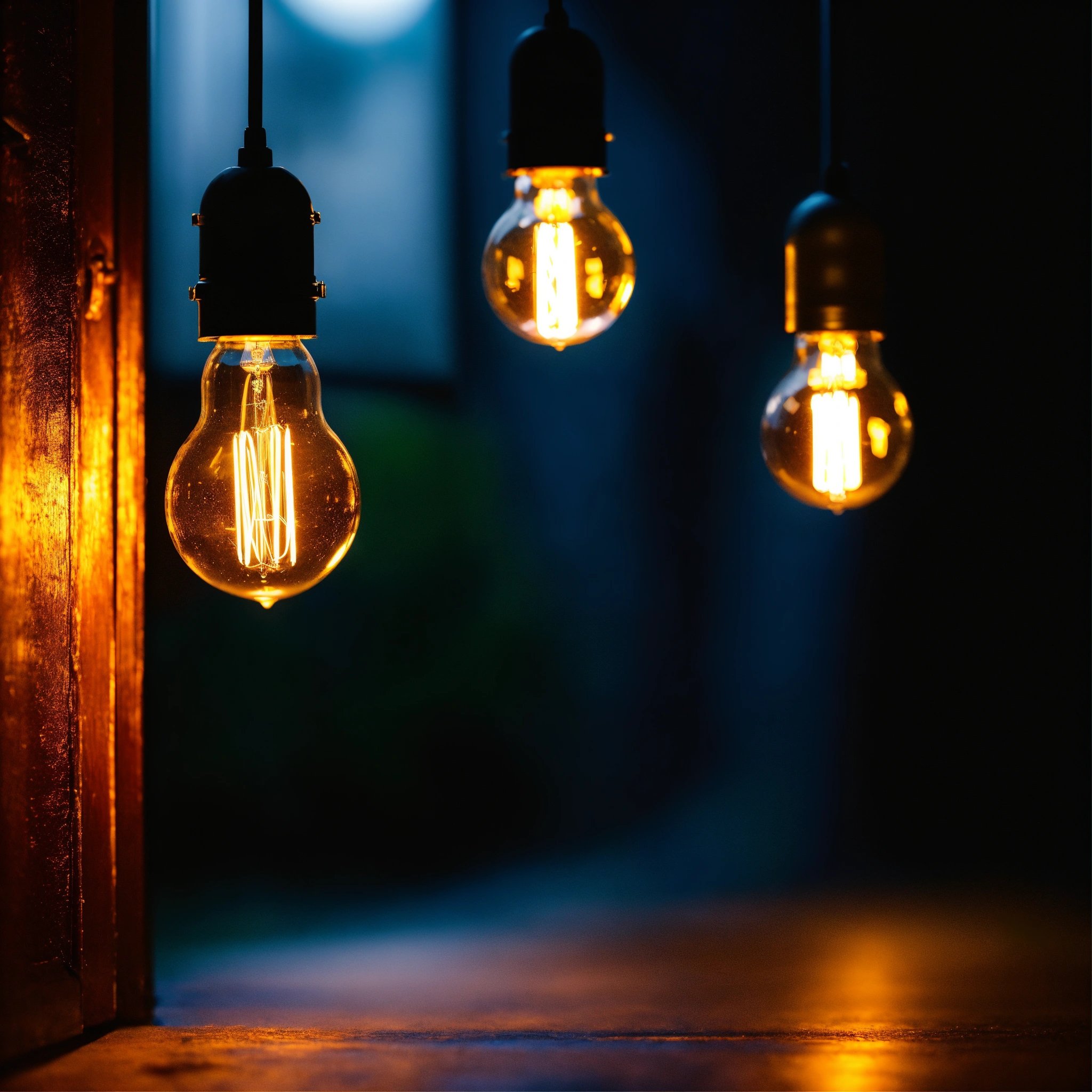
Despite LED efficiency, we might not be saving as much as we thought.
According to data consultancy IHS Markit, LED lights use much less energy per lumen produced. LED lighting uses an average of 40% less energy than fluorescent lamps and 80% less than incandescent lamps to produce the same amount of light.
The big problem comes when we make the big change to this novelty and start lighting our rooms, whatever they are, with more light than we really need. Lighting is now cheaper, but we’re making exorbitant use of these new forms.
A study published in the journal Science Advances used photos from space to show that we’re using more lighting than ever before. The artificially lit surface of the Earth at night increases in luminosity and extent. Of course, here, a picture is worth a thousand words.
“While the primary objective of the lighting revolution is to reduce energy consumption, this aim may be compromised by a rebound effect caused by heightened energy usage in reaction to reduced electricity expenses,” they elaborate.
We may be fighting air pollution, but we must now add a new challenger to this battle: light pollution. And of course, logically, for manufacturers, this is a bottomless pit of profits that they are not willing to give up.
To this must be added the “problem” of tolerance to play with the values of their products. To put it simply, tolerance in terms of measurement is the difference between the maximum and minimum dimensions of the errors that are allowed.
European tests for bulbs allow for a tolerance threshold of 10% (there can be a lag of up to 10% between what it says and reality), which means that a bulb rated at 600 lumens, a measure of brightness, could actually be 540 lumens, although of course, you’re being charged more.
Indeed, the life span of the bulbs must also be taken into account, since manufacturers promise more than 1,000 hours of use in incandescent bulbs, although there are some that have been working for 120 years.
LED bulb manufacturers such as Philips guarantee their LED bulbs for 15,000 effective hours of use and 20,000 lit hours. But not all manufacturers have the same warranties.
Another of the big problems that favors manufacturers and electricity companies
To all this, as if that were not enough, we must add that the only real winners of this boom are the manufacturers and the electricity companies. On the one hand, manufacturers are interested in this new system because instead of selling traditional bulbs, they can now sell inflated LED replacements for over-the-top marketing, even though their prices are no longer an issue.
On the other hand, power companies have faulty infrastructure if we consider a power grid to be the maximum. It would cost them billions to revamp the entire system, so they encourage companies and governments to spend their money on new LED lighting.
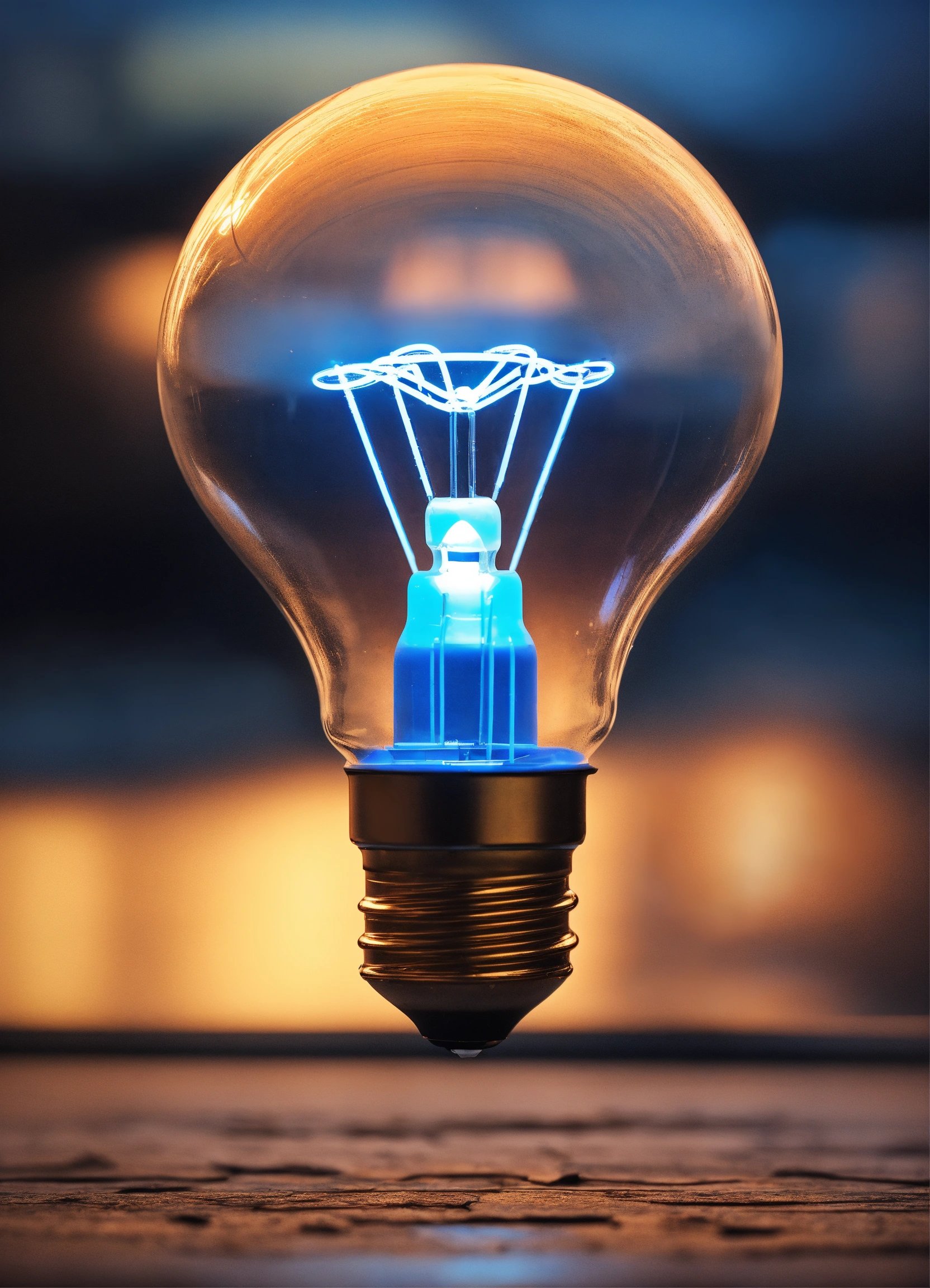
Conclusion: Navigating the Shadows of LED Enlightenment
Simply put, LED lighting has undeniable advantages. It is excellent for the environment and will reduce its carbon footprint, but financially speaking, it is generating a business behind it in which we always end up losing ordinary consumers, although we are not making mature use of this new way of lighting our homes and businesses.
FAQs (Frequently Asked Questions)
1. Are LED lights truly more energy-efficient than traditional bulbs?
LED lights offer superior energy efficiency, consuming significantly less energy than incandescent bulbs.
2. How do LED bulbs contribute to light pollution?
The widespread adoption of LED lighting leads to excessive illumination, contributing to light pollution and disrupting natural ecosystems.
3. Can consumers trust the longevity claims of LED manufacturers?
While LED manufacturers advertise an extended lifespan, real-world performance may vary, prompting skepticism among consumers.
4. What role do utility companies play in promoting LED adoption?
Utility companies incentivize LED adoption to avoid costly infrastructure upgrades, aligning their interests with manufacturers’ profit motives.
5. How can consumers make informed choices amidst LED misconceptions?
By educating themselves on LED technology, scrutinizing product claims, and advocating for transparent marketing practices, consumers can navigate the complexities of LED lighting.
